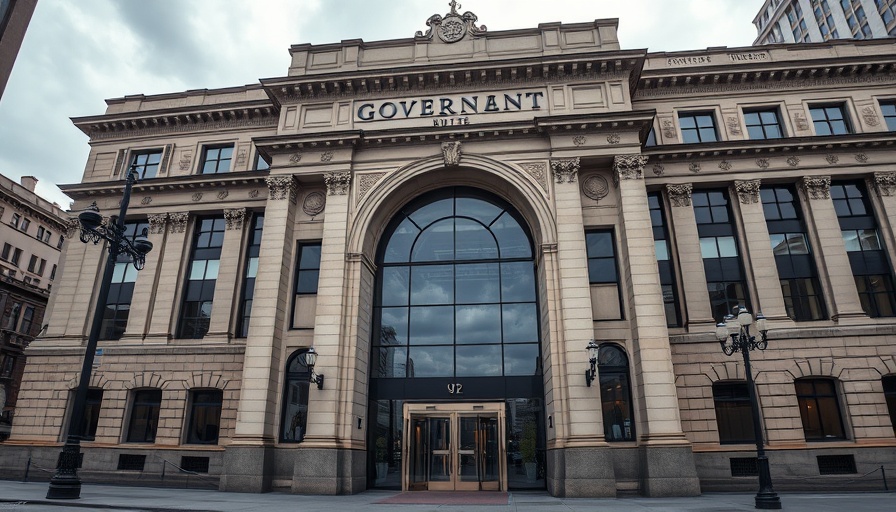
The Unfreeze of Climate Funding: A Game Changer
In a significant ruling, a U.S. judge has put a halt to President Donald Trump's freeze on billions of dollars originally designated for climate and infrastructure projects. This legal decision emerges against a backdrop of ongoing national debates about climate action and investment in sustainable infrastructure. The judge's ruling, made by U.S. District Judge Mary McElroy in Providence, Rhode Island, comes at the request of environmental advocacy groups concerned about the impact of halting these funds from projects aimed at climate change mitigation and pollution reduction.
The Legislative Backbone of the Funding
The funds in question were authorized by Congress as part of two major legislative initiatives—the $1 trillion Infrastructure Investment and Jobs Act of 2021 and the Inflation Reduction Act of 2022, both spearheaded by President Joe Biden. These initiatives reflect a broader trend towards investing in sustainable development that aims to modernize America’s infrastructure, a crucial need as climate challenges intensify.
Environmental Advocacy's Role
The injunction represents a victory for environmental advocates, who argue that the funds are essential not only for progressing on climate goals but also for enhancing public safety through upgraded infrastructure. The halt on funding had previously threatened numerous projects across the country, echoing concerns that political decisions could jeopardize public health and environmental sustainability.
Investment in a Sustainable Future
As momentum builds toward climate action, understanding the financial implications of such court rulings becomes crucial for investors. The unblocking of these funds could provide various investment opportunities in sectors like renewable energy, sustainable infrastructure, and clean technology. Investors should consider how aligning their portfolios with these emerging trends may not only yield financial returns but also support broader societal goals.
Economic Implications of Climate Funding
Beyond the environmental benefits, the funding represents a significant economic stimulus. According to economists, investments in infrastructure not only create jobs but also stimulate local economies. As the funds flow to various projects, communities across the nation stand to benefit from improvements that improve quality of life and bolster economic resilience.
Looking Ahead: What the Ruling Means for Future Investments
Looking toward the future, this ruling could signal a renewed focus on sustainable investing and the increasing importance of environmental, social, and governance (ESG) criteria in investment strategies. Investors are urged to pay attention to these developments as pathways for capital growth in sustainable industries open up. Understanding how federal funding is channeled into climate initiatives can provide valuable insights into market movements and investment strategies.
Potential Risks and Opportunities
While the immediate effects of the ruling are positive for climate funding, potential risks still loom with shifts in political agendas. Investors should remain vigilant about changes in policy that could impact the implementation of climate projects. It is essential to engage in risk management practices and monitor market indicators that could affect the predictable flow of capital into these initiatives.
In summary, the unfreezing of these climate funds is more than just a judicial decision; it signifies a critical juncture in America’s approach to climate investment. As businesses and investors align with the necessity for a more sustainable future, we are witnessing the overlaps between environmental objectives and economic opportunities.
Take Action Toward a Greener Future
Get informed about sustainable investing trends and consider investing in companies that prioritize transparency and sustainability. Together, we can promote a greener economy while supporting sound investment practices.
 Add Row
Add Row  Add
Add 



Write A Comment